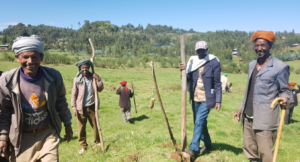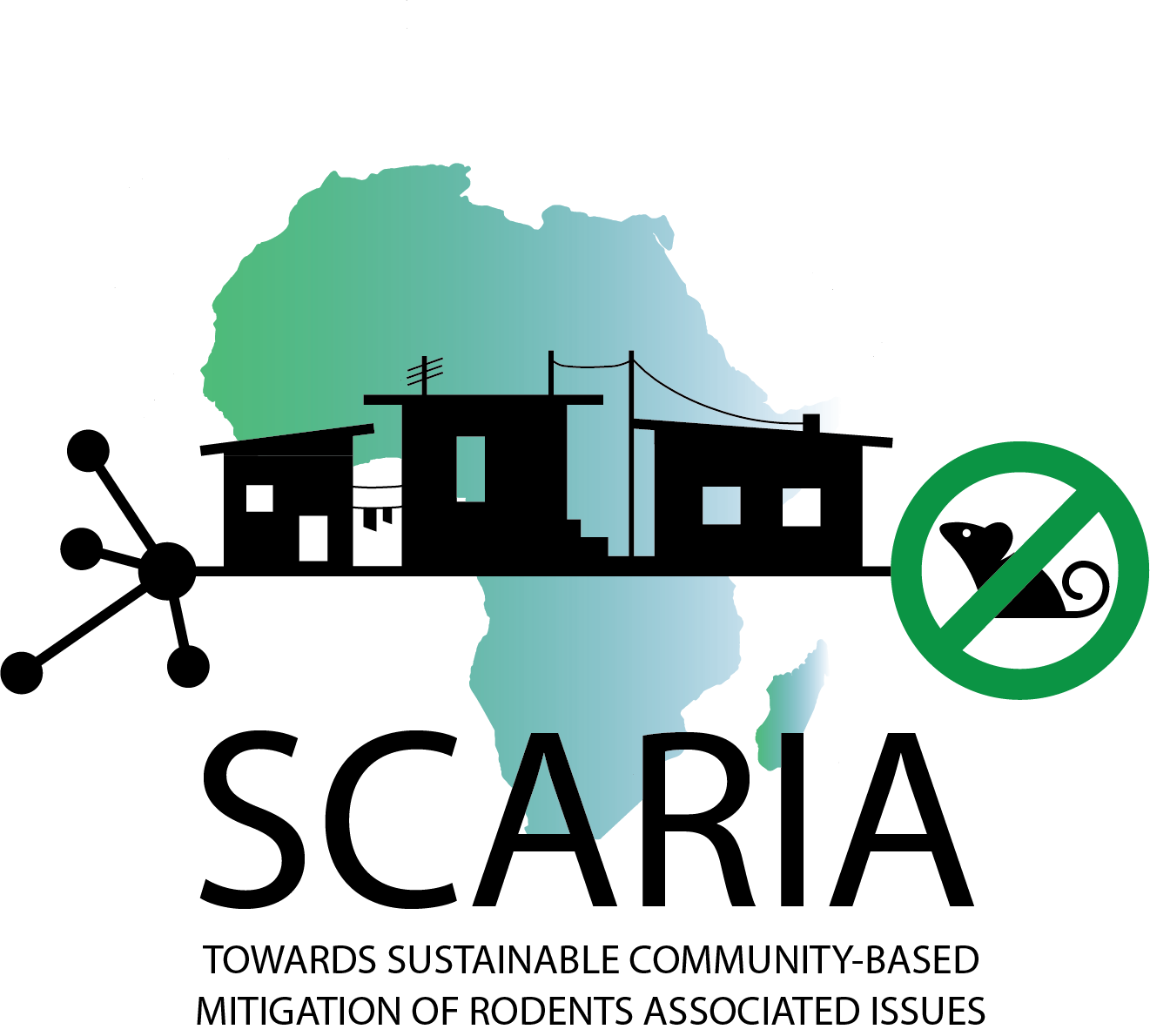
The Ecologically Based Rodent Management trainings and introduction have rendered very quick and overwhelming uptake among the watersheds in Amhara region. 15 watershed user associations (WUAs) have been trained on EBRM methods in June-July 2019. After the training WUAs started organising campaigns and even created by-laws to ensure full participation of all the watershed members. Only 2-3 months after EBRM implementation farmers shared how they already see a difference in the condition of their grazing land. Considering that Green Rodent Control needs continuous and long-term commitment it is surprising and uplifting to see that farmers already recognize the difference it makes. The achievement which is made by the watersheds is remarkable and indicates the great efforts and the great gains. When we look at the long-term, real strides can be made. As we can then pro-actively do Green Rodent Control looking at reproductive cycles, cropping seasons, rat movement and behaviour. The larger impact on the area will be felt in 2-5 years when the rodent population can be controlled over the seasons. In June-July 2021 a total of 100 watersheds have been trained, mainly through organising peer-to-peer learning with small groups in light of the COVID19 limitations. This means a total area of app. 60,000 ha is under EBRM, with 23,640 households, equivalent to 118,200 people.
The most important contribution to food security comes from increased primary production of food crops coupled with reduced post-harvest damage as the total number of rats is reduced. The farmers in the 15 WUAs estimate their crop loss due to rodents at 30%. Considering the euro 105-230 per ha monetary gain for a 15% increase, it is evident that this gain can be doubled if rodent management is highly effective. Besides, due to increased income from increased production and diversified income sources, farmers will be able to buy more nutritious foods. Furthermore, rodent vector diseases will be reduced, in particular hanta virus is associated with increased rodent populations. Because of the initially vague complaints hanta virus is not always recognized as such.
EBRM implementation and the immediate results that farmers see also largely contribute to the awareness of the problem. Though rat infestation is high, there is still a fair share of farmers for whom it is a taboo subject. Being aware of the problem and the solutions is a critical first step in rodent control, farmers first must realise that this is something which can actually be tackled. The EBRM uptake is instrumental in this process for overall mainstreaming of Green Rodent Control.








